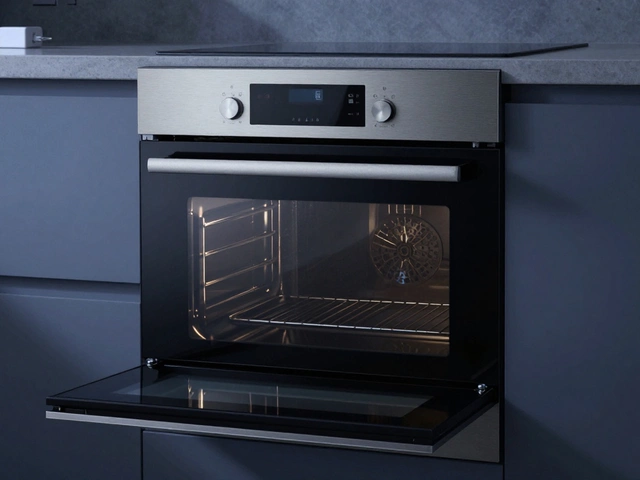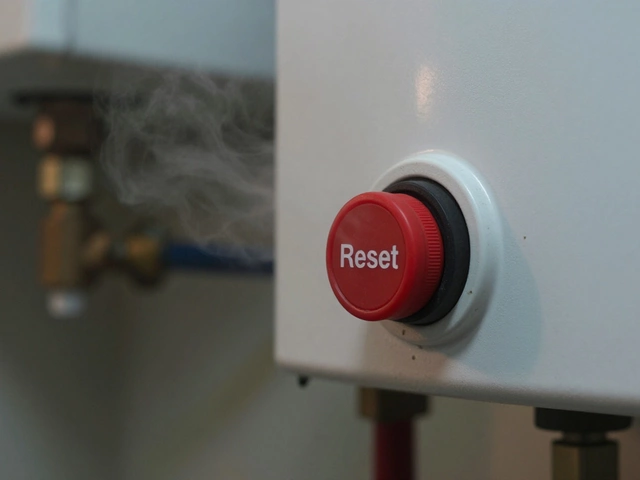Extractor Fan DIY: Practical Tips and What You Need to Know
When tackling extractor fan DIY, installing or fixing a home ventilation fan yourself. Also known as vent fan project, it blends basic electrical work with simple mechanical steps. A related extractor fan, the device that pulls moist air outside is the core component, while ventilation, the process of exchanging indoor air with fresh outdoor air defines why the fan matters. If you’re not sure whether you need an electrician, a certified professional for safe wiring or can do it yourself, this guide will clear it up.
Key Factors That Shape a Successful DIY Installation
First, understand that extractor fan size is driven by CFM (cubic feet per minute) requirements – the higher the CFM, the more air moves out. This links directly to the room’s volume and the moisture load, a classic example of a semantic triple: "Extractor fan size encompasses CFM rating". Next, noise rating matters; fans rated under 30 dB are barely noticeable, while louder units can be a nuisance, forming the triple: "Noise rating influences user comfort". Finally, UK building regulations dictate that kitchens and bathrooms must have adequate ventilation, so compliance is not optional – "UK regulations require proper extractor fan installation".
Choosing the right fan type is another practical step. Inline fans sit in the duct and are discreet, while ceiling-mounted or wall-mounted fans are easier to access. Each type has its own installation quirks: inline units need ductwork, ceiling fans need secure mounting brackets, and wall fans must align with an external vent. Knowing these differences helps you pick the best fit for your space and skill level. If you’re dealing with a cramped loft, an inline fan might save you space; for a bustling kitchen, a wall-mounted unit with a higher CFM could be worth the effort.
Tool-wise, you’ll need a drill, screwdriver set, wire strippers, and a multimeter to check voltage. Safety gear – gloves and goggles – is a must, especially when you’re working near electricity and sharp metal. Before you start, turn off the circuit at the consumer unit and confirm the power is off with the multimeter. This simple precaution turns a potentially risky job into a safe DIY task, reinforcing the triple: "Proper safety checks reduce electrical hazards".
When the fan is mounted, wiring follows a straightforward colour code: live (brown), neutral (blue), and earth (green‑yellow). Connect the live to the switched live point, neutral to the neutral bus, and earth to the earth terminal. Secure all connections with proper terminals and double‑check before restoring power. After you flip the switch, test the fan’s operation and listen for any abnormal sounds, which might indicate a loose blade or a mis‑aligned motor.
If any step feels beyond your confidence – especially dealing with the house’s wiring circuits – it’s wise to call an electrician. The cost of a quick professional check often pays for peace of mind and guarantees the work meets UK standards. Remember, a well‑installed fan not only removes steam and odors but also helps prevent mold growth, protecting both your health and property.
Now that you’ve got the basics of fan selection, tools, safety, and wiring, you’re ready to explore the specific articles below. They dive deeper into fan noise ratings, CFM calculations for different rooms, legal requirements for kitchen ventilation, and step‑by‑step repair tricks. Whether you’re fixing a noisy unit, upgrading an old fan, or installing a brand‑new system, the collection ahead offers actionable insight for every DIY level.
Thinking of installing an extractor fan yourself? Get the real-world steps, tools, and tips for safe, proper bathroom or kitchen fan DIY.


